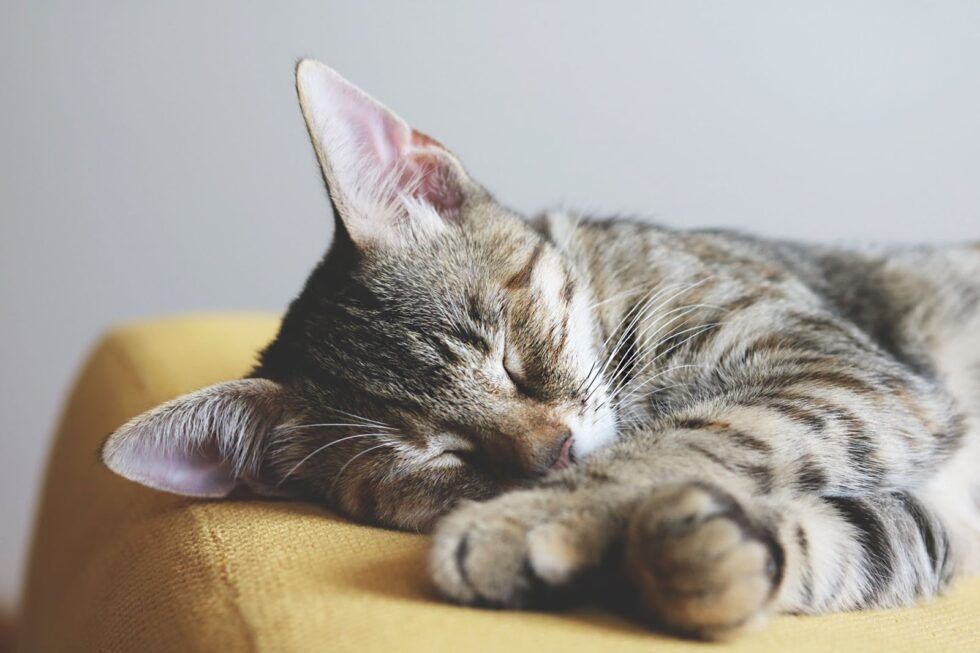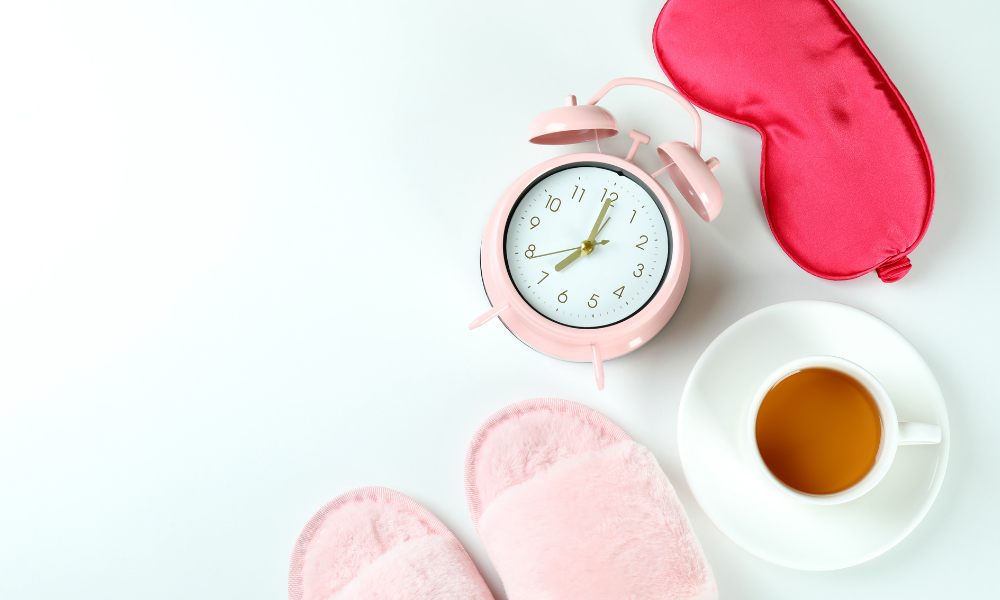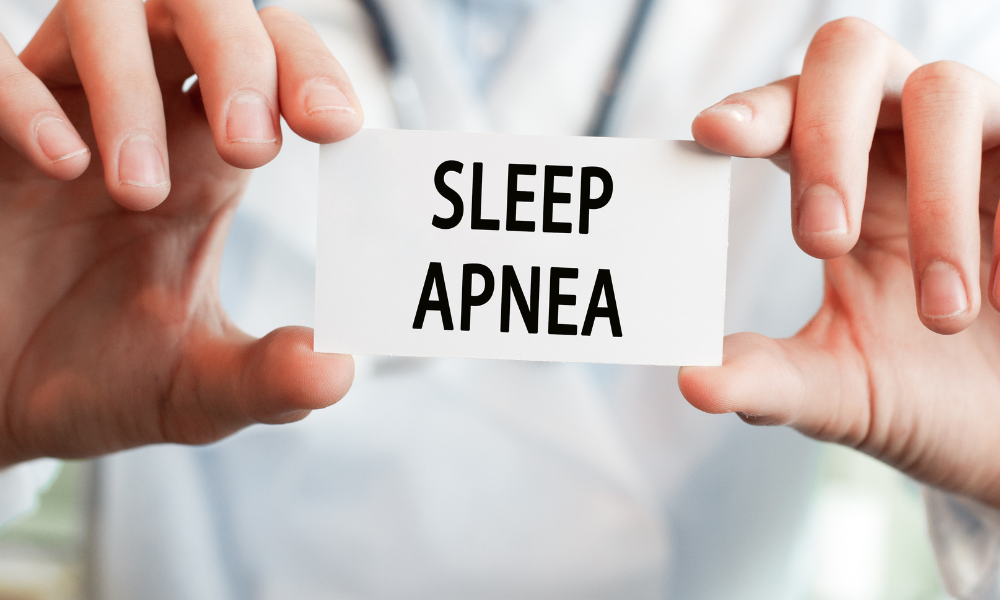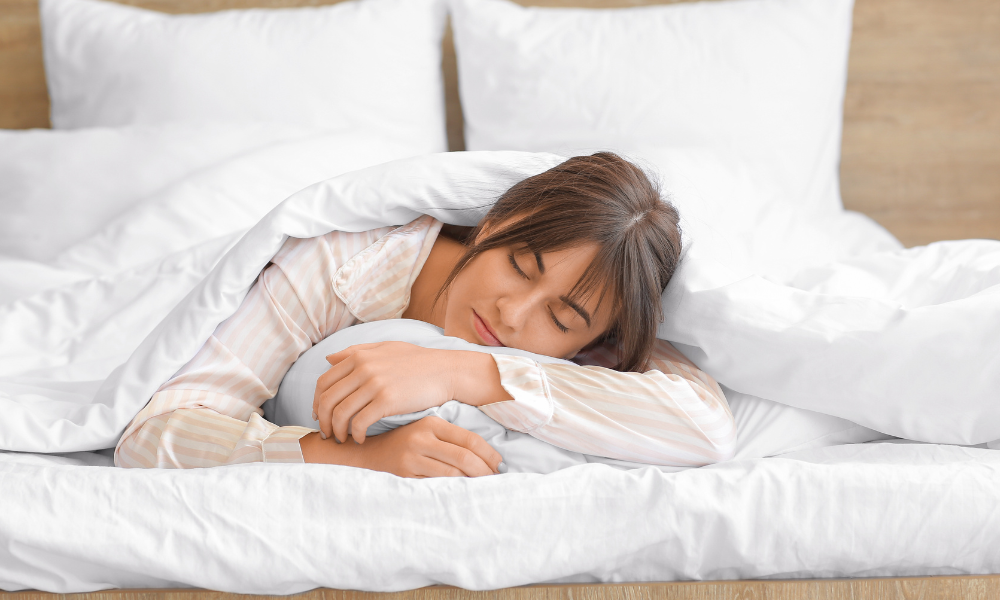
PHONE: 617-328-4050
EMAIL: info@greatsleepdental.com
Improve Nasal Breathing with these interventions
Jan 26, 2024
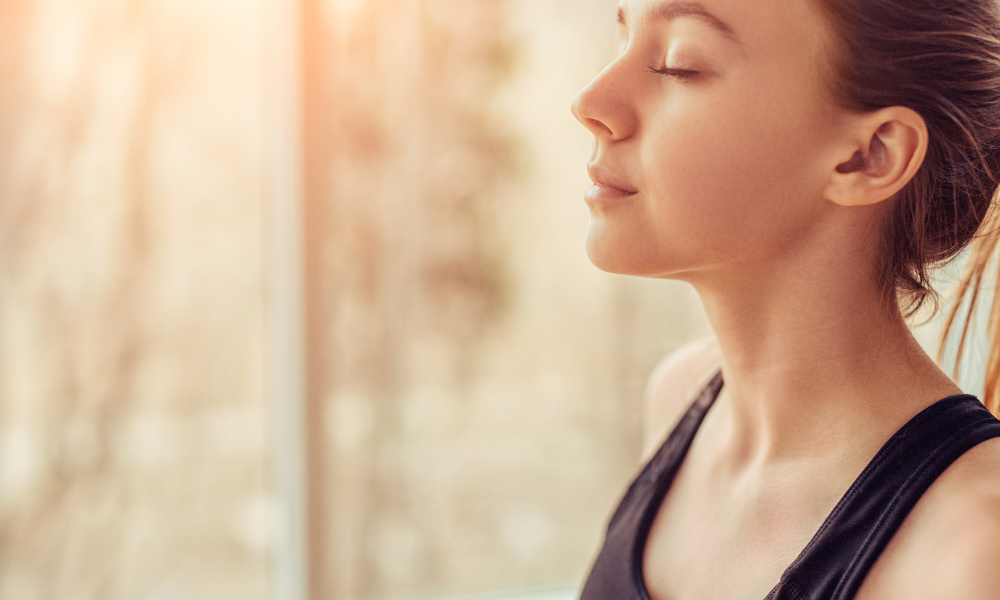
Insomnia can interact with our daily lives and have many adverse effects in the long run. Some general tips to overcome insomnia are listed below.
Establishing a regular Sleep Schedule
- Going to bed and waking up around exact timings can help create a routine in our minds to help better sleep.
- A regular routine can help regulate our internal biological clock.
Creating a comfortable sleep surroundings
- Our surroundings affect our body so having a cool, quiet and dark room to sleep would help.
- Comfortable mattresses that provide back support and soft pillows for the neck are also important.
- Blue light emission from electronics can also have adverse effects, so removing them from the room is another need.
Eating patterns
- You are what you eat, and you feel how you eat. Too much spicy and junk food can make you feel overwhelmed and not able to relax to fall asleep.
- Drinking too much can also disturb the mind and body.
Diet and intake
- Some foods like kiwi, nuts, rice, milk and fatty fish aid can help you sleep better. Avoiding caffeine, alcohol, green and black tea is also good.
Limiting exposure to screen time
- Reducing the screen use (phones, tablets, computers) before going to bed is important. Since blue light emitted from electronic devices can affect melatonin production.
Getting regular exercise
- Engaging in physical exertion can help tire the body and release endorphins that help with better sleep.
Role of Stress and anxiety
- Stress and anxiety can really affect good sleep. Breathing, meditation, and muscle relaxation can help.
- Writing down your unnecessary thoughts can help suppress the stress.
Limiting Naptime
- Avoiding napping or reducing it to a minimum of 30 minutes can help you fall asleep faster.
Analyzing sleep environment
- Excessive and unnecessary physical stimuli can adversely affect our sleep. Lights and voices should not be a bother.
- Some familiar scents and fragrances can help create a sense of safety for your mind to relax and drift off to sleep.
Using bed only to sleep
- Make your bed the only space used for sleeping, it will automatically train your mind to relax when you’re in bed.
- Avoid eating, working and watching TV in bed.
Sleep Hygiene
- Neat and clean bed can have a calming effect on your mind. Taking a shower before bed can give you peaceful sleep.
Cognitive Behavioral Therapy (CBT-I)
- A therapy provided by healthcare professionals like sleep specialists and psychologists. It focuses on long-term habits that address underlying causes of insomnia and promote healthy sleep. Relaxation exercises, mindfulness therapies, and challenging negative thoughts and beliefs about sleep are included in this.
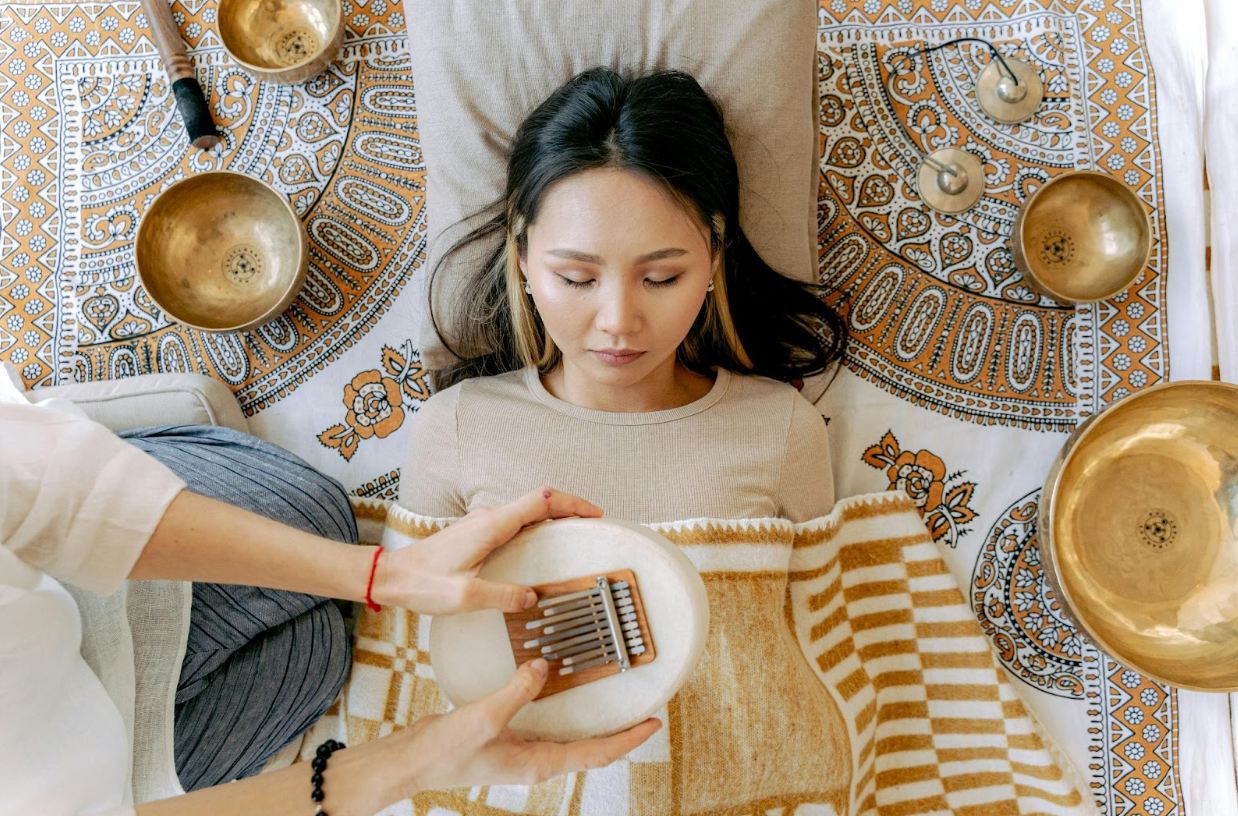
By Great Sleep Dental
•
02 May, 2024
Many of us resort to different methods and devices in an attempt to fall asleep. Making a sleep playlist with relaxing music like pink noise, white noise, and other calming frequencies is one such efficient technique. Let's explore the science underlying these noises and see how you might use them to enhance your sleep experience. Understanding the Science of Sleep Sounds Before we explore the components of an ideal sleep playlist, let's take a moment to understand the science behind these sleep-inducing sounds. White Noise: White noise consists of a blend of all audible frequencies, creating a consistent sound similar to static or the hum of a fan. This steady sound can help mask background noises that might otherwise disrupt your sleep, promoting a more peaceful environment. Pink Noise: Pink noise is similar to white noise but with a slightly different frequency distribution, emphasizing lower frequencies. Studies suggest that pink noise may have a more natural, soothing effect on the brain, potentially improving sleep quality and memory consolidation. Brown Noise: Brown noise, also known as red noise, features even lower frequencies than pink noise, with a deeper and more soothing rumble. Its gentle oscillations mimic the natural sounds of wind or rustling leaves, creating a sense of serenity and tranquility conducive to sleep. Nature Sounds: The gentle rustle of leaves, the rhythmic pattern of rain, or the serene sounds of ocean waves can evoke feelings of relaxation and tranquility. Incorporating nature sounds into your sleep playlist can create a calming ambiance reminiscent of the great outdoors. Binaural Beats: Binaural beats involve playing two slightly different frequencies in each ear, causing the brain to perceive a third tone. This phenomenon is believed to influence brainwave activity, potentially inducing states of relaxation or deep sleep. Crafting Your Perfect Sleep Playlist Now that we've explored the science behind sleep sounds, it's time to curate your ultimate sleep playlist. Here's how to get started: Choose Your Sounds: Experiment with different types of sleep sounds, including white noise, pink noise, nature sounds, and binaural beats. Select the ones that resonate most with you and evoke feelings of relaxation. Consider Your Preferences: Some people prefer the steady hum of white noise, while others find solace in the gentle sounds of nature. Listen to various options and determine which sounds best suit your personal preferences and sleep environment. Adjust the Volume: It's essential to find the right balance when it comes to volume. Your sleep sounds should be audible enough to mask background noises but not so loud that they become disruptive. Aim for a volume level that is soothing and conducive to sleep. Create a Routine: Incorporate your sleep playlist into your nightly routine to signal to your body that it's time to unwind and prepare for sleep. Listen to your chosen sounds consistently, ideally starting about 30 minutes before bedtime. The Benefits of Sleep Sounds Adding sleep sounds to your nightly routine can offer a myriad of benefits, including: Improved Sleep Quality: Sleep sounds can help create a more conducive environment for sleep, leading to deeper and more restful slumber. Reduced Stress and Anxiety: The soothing sounds of nature or white noise can help calm the mind and alleviate feelings of stress and anxiety, making it easier to relax and fall asleep. Enhanced Focus and Concentration: Quality sleep is essential for cognitive function and mental clarity. By promoting better sleep, sleep sounds can contribute to improved focus and concentration during waking hours. Conclusion Incorporating white noise, pink noise, nature sounds, and binaural beats into your sleep routine can be a powerful tool for enhancing your sleep quality and overall well-being. Experiment with different sounds, adjust your playlist to suit your preferences, and enjoy the tranquil serenity of a restful night's sleep. Sweet dreams!

13 Feb, 2024
OAT is used commonly for treating mild to moderate obstructive sleep apnea (OSA), as well as severe OSA when CPAP cannot be tolerated. It is a well-tolerated and minimally invasive therapy and a great option to treat sleep disordered breathing. The treatment essentially consists of gently holding the jaw forward while you sleep. It is a non pharmacological and nonsurgical option that is easy to use and transport.

31 Jan, 2024
OAT is used commonly for treating mild to moderate obstructive sleep apnea (OSA), as well as severe OSA when CPAP cannot be tolerated. It is a well-tolerated and minimally invasive therapy and a great option to treat sleep disordered breathing. The treatment essentially consists of gently holding the jaw forward while you sleep. It is a non pharmacological and nonsurgical option that is easy to use and transport.
